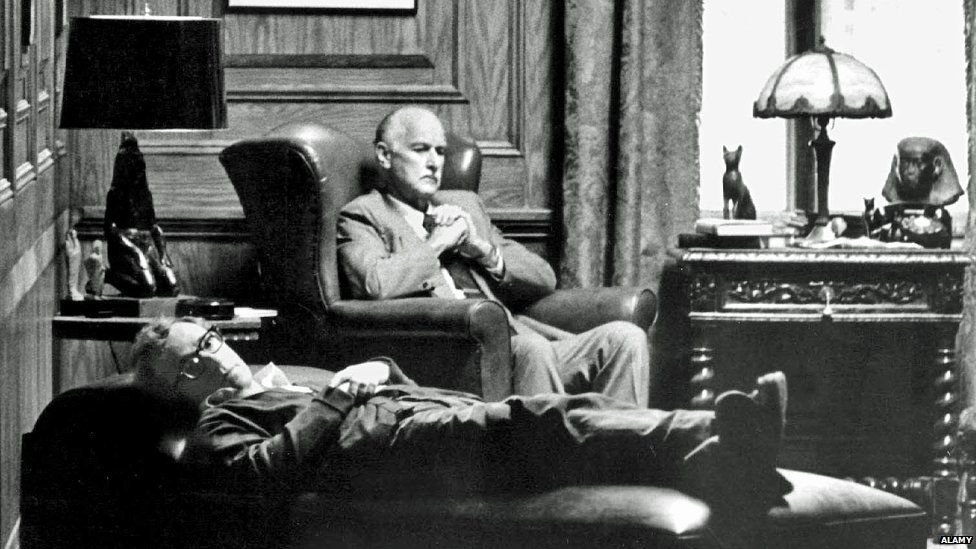Is Breathwork more effective than counseling?
People are often surprised when I say Breathwork is more effective than counseling.
Freudian analysis, grounded in Sigmund Freud’s psychoanalytic theory, has been a foundational yet contentious framework in psychology. While it has significantly influenced the fields of psychology, literature, and cultural studies, it has also been widely critiqued for its methodological, theoretical, and ethical shortcomings.
One major critique is its lack of empirical rigor. Freudian concepts, such as the Oedipus complex, unconscious drives, and defense mechanisms, are often criticized for being unfalsifiable—making them difficult to test scientifically. The heavy reliance on anecdotal evidence from case studies raises questions about the generalizability of Freud’s findings.
Another point of contention is its gender bias. Freud’s theories, particularly those on female sexuality and development, have been criticized as reflecting the patriarchal norms of his time. For instance, his concept of “penis envy” has been dismissed by many modern scholars as sexist and reductive.
Ethically, Freud’s practice of psychoanalysis often involved power imbalances, and the subjective interpretations of analysts have been critiqued for imposing personal biases. Additionally, critics argue that Freud’s overemphasis on sexuality and repressed desires oversimplifies the complexity of human behavior and reduces diverse experiences to universal psychosexual stages.
Despite these critiques, Freudian analysis remains a pivotal reference point, sparking ongoing debates and inspiring alternative theories.
My observations of the healing outcomes of Breathwork since 2005 have demonstrated that in nearly every case, the location of the feeling associated with the trauma arises through the body. That is, tension builds in the body, is recognized and acknowledged, then eventually released.
Human beings are repression machines. We repress lots of things like joy, grief, disappointment, misery, existential angst, feeling lost. All these things are sublimated on a day-to-day basis. A charge builds up beneath the surface, then people ‘explode’, ‘meltdown’, or ‘get strategic’, or ‘get addicted.’ Breathwork allows this charge to come to the surface in a ‘controlled’ environment, rather than in day-to-day life where it’s much more likely to cause damage in our relationships with others.
After the start of a Breathwork session, it takes about 15 minutes to enter the liminal space – this is where our minds can let go of their defensive mechanism. This allows a ‘charge up’ of emotional material that sits beneath the surface to come forward for full self-expression.
When we are witnessed in our pain or distress, it gives us an extra dimension of ourselves – ‘Wow, did I feel that strongly about this issue?’ Weirdly, this gives a sensation of becoming something bigger than ourselves – it taps us into our relationships with others in a very deep felt sense. When we are witnessed in this tumult of feelings, it gives us recognition that we’re okay to have feelings without judgment and without trying to shut it down because it’s ‘too strong’ or ‘too loud’. This is why Breathwork has the edge on counseling.
As the session winds down, there should be ample time after a Breathwork session where the client should be allowed just to rest and integrate the experience. Sometimes this recovery state is the most powerful part of the session. The client can regulate their own nervous system to a very calming state. Sometimes a little bit of appropriate touch may be warranted from the practitioner. It may just be enough to stroke this client on the forehead or put a hand on their back. Of course this is done with permission of the client before the session commences.
This is a critical part of Breathwork for some of us, because touch is something that we often don’t get much of as infants or toddlers. This causes a major deficit in our ability to regulate ourselves – that is the amount of time it takes from being in emotional distress to getting back to a state of equilibrium.
This is the promise of Breathwork – it allows for an unfurling of the contents of our distress in a safe and held place. We are shown what it’s like to self-regulate our nervous system perhaps for the first time in our lives. This is the beginning of the healing journey with your own inner healer. This is very different from trying to calibrate our internal problems and distress with our words – that’s why in my humble opinion, Breathwork beats talk therapy hands down.

